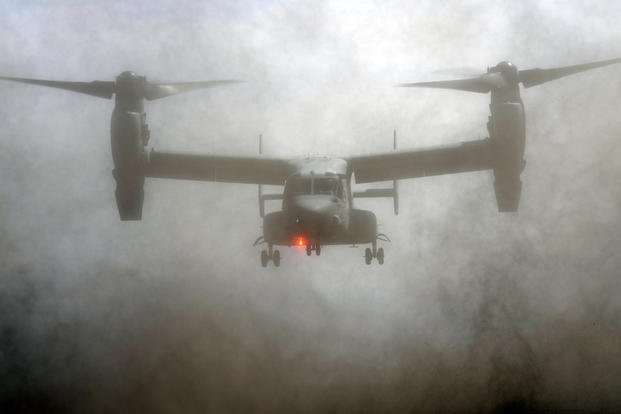
Okinawa International University Helicopter Crash 18 Years Ago: Why No Closure?
(Japan) on 13 August 2022
by (link to original)
U.S. Marine Corps Air Station Futenma is too close to residential and school facilities. Moreover, it has been repeatedly claimed that the Futenma airbase is a defective facility burdened with decrepit aircraft that frequently crash, make emergency landings and drop parts. It is not true that relocating the base to Henoko is the only solution. The facility should be closed immediately, without conditions for relocation. Failure to do so is political negligence.
Before the Battle of Okinawa in October 1943, the U.S. military occupied Okinawa and considered building a runway at or very close to the current locations of Kadena Air Base, Futenma and Naha Air Base, before the Japanese 32nd Army was deployed to Okinawa in March 1944.
The U.S. military understood that the south central region of the island where they planned to build the runway was densely populated. At that time, the present site of Futenma was in the heart of Ginowan Village. The Hague Conventions, also ratified by the U.S., prohibited usurpation of private land during war, but the U.S. military likely ignored the agreement. After Okinawa was occupied, the U.S. segregated the citizens in detention facilities, seized the land and built Futenma.
On Aug. 4, 1945, after the end of the Japanese military’s organized war effort in the Battle of Okinawa, one runway at Futenma was approximately 70% completed. The runway was being built as a launch site for an attack on the Japanese mainland from Okinawa. That being the case, it would have been appropriate for the land to be returned after Japan surrendered. Futenma’s continued use violates the Hague Conventions.
Regarding the Futenma facility, U.S. and Japanese governments have both agreed that the land will be returned, under the condition that the facility will relocate to Henoko in the city of Nago. However, the facility should rightfully be returned immediately without any provisions for relocation.
In October 2017, a CH-53 helicopter of the same type in the Okinawa International University incident went up in flames after a crash landing in the Takae district of Higashi Village. In December of the same year, a metal window fell from a CH-53 into a schoolyard at Daini Futenma Elementary School. In June of this year, another helicopter crashed at Kunigami Village. The crash scene was only about 1.3 kilometers from the nearest settlement.
It's not just helicopters: Futenma also houses MV-22 Ospreys, vertical takeoff and landing transport vehicles, despite opposition from citizens. In December 2016, one crashed on the coast of Abe, Nago City, in the northern part of Okinawa’s main island. Last November, at the same airfield, an unusual drill was conducted when three Ospreys landed at the Naha Port Facility and were loaded onto ships. Based on the U.S.-Japan Status of Forces Agreement, the primary purpose of this location should be for “port facilities and an oil depot.”* Landing the Osprey in the heart of Naha City, crowded with buildings, is extremely dangerous.
Last December, a top Marine leader stressed that, “As an alternative to Kadena, Futenma can handle all types of aircraft. For the past 20 years, we have been searching for a way to expand functionality.”** The citizens’ perspectives are not being considered. “Expanding functionality” is nothing other than increasing the danger to citizens. How long will this abnormal situation be neglected?
*Editor’s Note: Although accurately translated, this quoted passage could not be independently verified.
**Editor’s Note: Although accurately translated, this quoted passage could not be independently verified.

